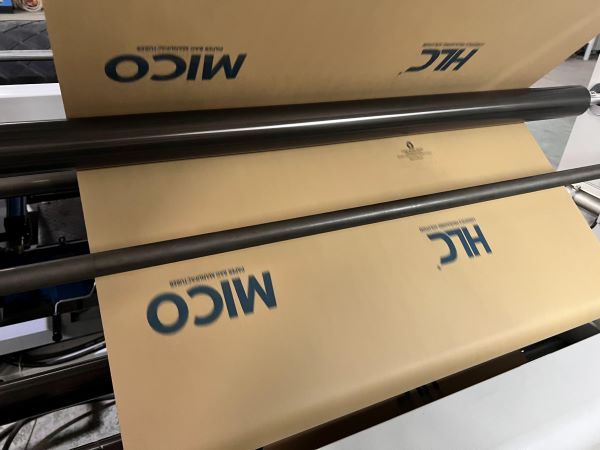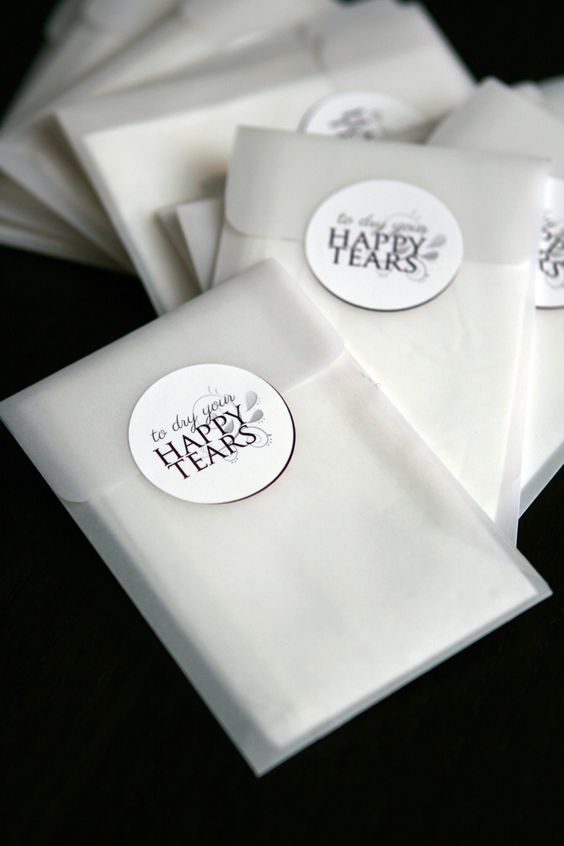Uncategorized
The Making of a Paper Bag: A Look at the Manufacturing Process
The humble paper bag, a ubiquitous symbol of shopping and sustainability, goes through a surprisingly intricate journey before reaching your hands. From rolls of raw paper to the finished product, the manufacturing process involves several key steps that ensure strength, functionality, and sometimes even a touch of style.
From Pulp to Paper:
The story often begins with recycled paper or virgin wood pulp, which is transformed into large rolls of paper. This paper can be kraft paper, known for its brown color and strength, or bleached paper for a brighter aesthetic.
Printing and Personalization:
For those eye-catching designs or informative logos, the paper may undergo printing. Flexographic printing, a fast and efficient method, utilizes photopolymer plates to transfer ink onto the paper as it feeds through a press.

Tube Formation:
The magic of shaping the paper into a bag starts with the tubing machine. This impressive machine unfurls the paper web, folds it precisely, and adheres the edges using heat or glue, creating a continuous paper tube.
Bottom Construction:
Depending on the bag style, the bottom might be constructed separately. This often involves attaching an additional layer of paper for reinforcement, creating a flat or satchel-style base.
Handle Time:
Paper bags come in various handle styles, from the classic twisted paper handles to flat or D-cut options. These handles are either pre-made and attached during the tubing process or formed from the paper itself through strategic cuts.
The Final Touches:
After the bag takes its final shape, it might undergo additional processes like creasing for a defined fold or perforations for easy opening. Finally, the bags are cut to their designated lengths and stacked for packing and distribution.

Automation and Efficiency:
Modern paper bag manufacturing facilities rely heavily on automation. High-speed machines handle most of the processes, ensuring consistent quality and efficiency. However, some specialty bags or smaller production runs might involve a human touch for certain steps.
The Future of Paper Bags:
As the world strives for sustainable solutions, paper bags are experiencing a resurgence. Manufacturers are constantly innovating, creating even stronger and more versatile paper bags from recycled materials. With advancements in printing technologies, customization options are also expanding, making paper bags a viable alternative to plastic not just for functionality but also for aesthetics.
So, the next time you reach for a paper bag, take a moment to appreciate the journey it took to get there. It’s a testament to human ingenuity and a symbol of our evolving relationship with packaging in a more sustainable future.










